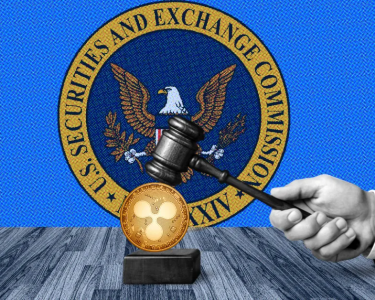In an era dominated by social media, concerns about its impact on the well-being of young people have reached new heights. The US Surgeon General, Dr. Sarah Johnson, has recently drawn attention to the hazards associated with social media use among youth. With mental health issues on the rise and cyberbullying becoming increasingly prevalent, Dr. Johnson’s warnings serve as a timely reminder to address the risks and develop strategies to protect our youth in the digital age.
The Surgeon General’s Concerns:
Dr. Johnson’s recent statements emphasize the potential dangers of social media for young individuals. She highlights the negative impact it can have on mental health, including increased rates of anxiety, depression, and self-esteem issues. The surgeon general also addresses the alarming rise of cyberbullying and its detrimental effects on the emotional well-being of young people. Her call to action urges society to address these issues proactively and prioritize the safety and well-being of our youth.
The Perils of Social Media:
While social media platforms offer numerous benefits, including communication, information sharing, and networking opportunities, they also present significant risks. Young users are vulnerable to the negative effects of excessive screen time, cyberbullying, and exposure to unrealistic standards and online harassment. The constant pressure to conform, the fear of missing out, and the addictive nature of social media contribute to a host of mental health challenges among youth.
Understanding the Research:
Scientific research has increasingly shed light on the detrimental effects of social media on young people’s well-being. Numerous studies have linked heavy social media use to an increased risk of depression, anxiety, and poor body image. The constant comparison to carefully curated online personas can lead to feelings of inadequacy and low self-esteem. Moreover, cyberbullying, which often takes place on social media platforms, has severe psychological consequences and can lead to social isolation and even suicidal ideation.
Parental and Educational Roles:
Parents and educators play a crucial role in helping young individuals navigate the hazards of social media. It is important for parents to establish open lines of communication with their children, discussing the potential risks and providing guidance on responsible online behavior. Educational institutions should incorporate digital literacy programs into their curricula, teaching students about online safety, critical thinking, and healthy social media habits. Empowering young individuals to be mindful and discerning users of social media can mitigate the negative impact it may have on their well-being.
The Responsibility of Social Media Platforms:
Social media platforms also bear a significant responsibility in ensuring the safety and well-being of their users, particularly young individuals. While some platforms have implemented measures to combat cyberbullying and harmful content, more needs to be done. Stricter moderation policies, improved privacy settings, and age verification mechanisms are vital to create a safer online environment. Social media companies should prioritize user safety over engagement metrics and invest in technological solutions to protect young users from harm.
Collaborative Efforts for Change:
Addressing the hazards of social media requires a collaborative effort from all stakeholders. Governments can enact regulations that promote responsible social media practices, safeguarding the interests of young users. Technology companies must take an active role in creating safer online spaces through continuous innovation and user-centric design. Additionally, mental health professionals, educators, parents, and young individuals themselves should engage in open conversations, share experiences, and advocate for change.
Conclusion:
The warnings issued by the US Surgeon General regarding the hazards of social media for youth demand our immediate attention and action. It is imperative that we collectively recognize the risks associated with excessive social media use and prioritize the well-being of young individuals.




